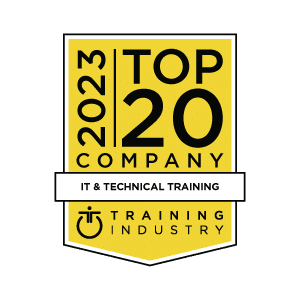Overview
Advanced protection to safeguard your inboxes.
This hands-on course SESA: Securing Email with Cisco Email Security Appliance provides you with the knowledge and skills to implement, troubleshoot, and administer Cisco Email Security Appliance, including key capabilities such as advanced malware protection, spam blocking, anti-virus protection, outbreak filtering, encryption, quarantines, and data loss prevention.
This course helps you prepare to take the exam, Securing Email with Cisco Email Security Appliance (300-720 SESA), which leads to CCNP Security and the Certified Specialist – Email Content Security certifications.
This course also earns you 24 Continuing Education (CE) credits towards recertification.
Skills Covered
- Describe and administer the Cisco Email Security Appliance (ESA).
- Control sender and recipient domains.
- Control spam with Talos SenderBase and anti-spam.
- Use anti-virus and outbreak filters. Use mail policies.
- Use content filters.
- Use message filters to enforce email policies.
- Prevent data loss.
- Perform LDAP queries.
- Authenticate Simple Mail Transfer Protocol (SMTP) sessions.
- Authenticate email.
- Encrypt email.
- Use system quarantines and delivery methods.
- Perform centralized management using clusters.
- Test and troubleshoot.
Who Should Attend
- Security engineers
- Security administrators
- Security architects
- Operations engineers
- Network engineers
- Network administrators
- Network or security technicians
- Network managers
- System designers
- Cisco integrators and partner
Course Curriculum
Prerequisites
To fully benefit from this course, you should have one or more of the following basic technical competencies:
- Cisco certification (Cisco CCENT® certification or higher)
- Relevant industry certification, such as (ISC)2, CompTIA Security+, EC-Council, Global Information Assurance Certification (GIAC), and ISACA
- Cisco Networking Academy letter of completion or CCNA: Implementing and Administering Cisco Solutions
- Windows expertise: Microsoft [Microsoft Specialist, Microsoft Certified Solutions Associate (MCSA), Microsoft Certified Systems Engineer (MCSE)], CompTIA (A+, Network+, Server+)
The knowledge and skills that a student must have before attending this course are:
- TCP/IP services, including Domain Name Servers (DNS), Secure Shell (SSH), FTP, Simple Network Management Protocol (SNMP), HTTP, and HTTPS
- Experience with IP routing


